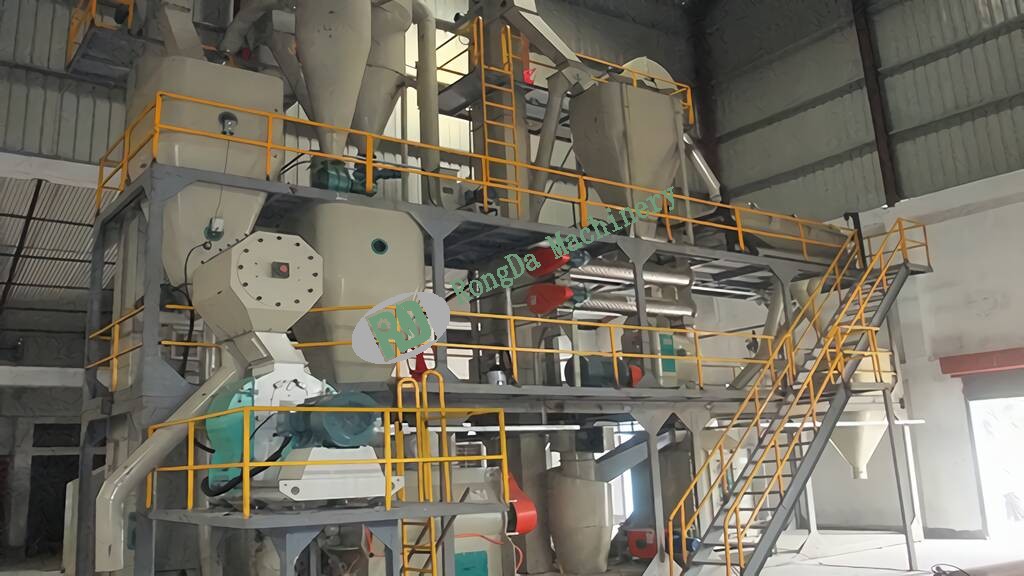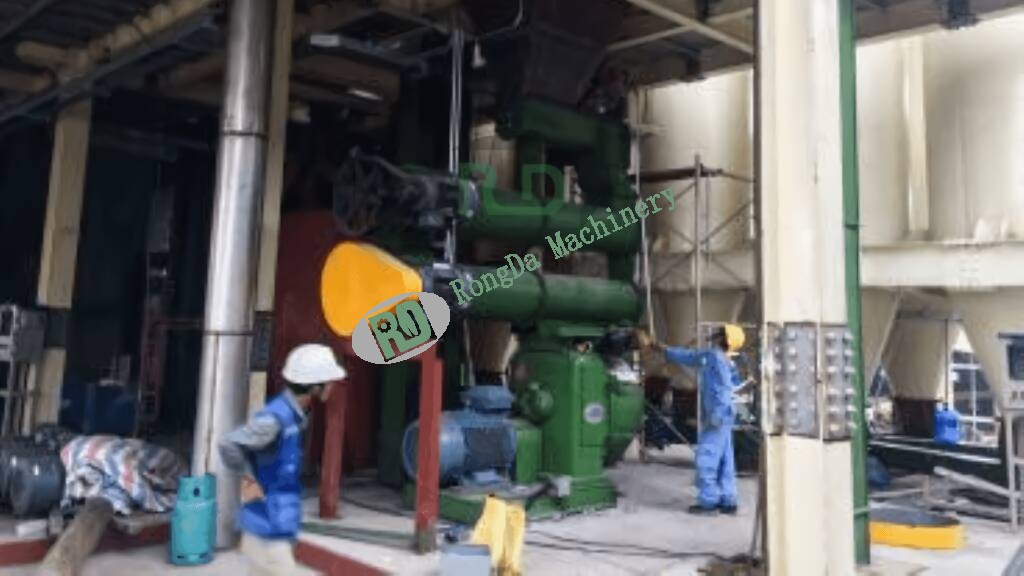Welcome to Rongda Machinery Co., Ltd
Toggle Navigation
Ever wondered how we turn everyday farm scraps and wood leftovers into clean, burnable fuel? That's where biomass pellet machines come in—they're game-changers for anyone looking to ditch fossil fuels and go green. In this piece, we'll break down what these machines do, why they're worth it, and how they work, all while spotlighting what manufacturers are bringing to the table. Whether you're in energy production or just curious about sustainable tech, stick around.

Picture this: You've got piles of crop residues, like leftover stalks from corn or wheat, plus wood chips or even manure sitting around as waste. A biomass pellet machine takes all that messy stuff and squishes it into neat, dense pellets that pack a punch in energy. These little guys are uniform in size and shape, holding onto most of the original material's nutrients and heat value without wasting much. The whole point? It makes biomass way easier to store, ship, and burn, helping push us toward cleaner energy and cutting down on waste. Manufacturers these days focus on building sturdy, efficient models that handle everything from small farm ops to big industrial setups.
Let's talk perks—because who doesn't love a good return on investment? First off, they're champs at boosting energy efficiency. Instead of burning raw biomass (which loses a ton of heat), these machines compress it into pellets that burn hotter and cleaner, cranking out electricity with less fuss. Compared to old-school methods, you waste way less, making it a smarter pick for power plants or home heating.
Then there's the eco-angle. Biomass is renewable—stuff like sugarcane bagasse or rice husks grows back fast—so using a pellet machine means less reliance on coal or oil. That slashes greenhouse gas emissions and helps fight climate change. Plus, it's all about sustainability: turning waste into fuel keeps landfills lighter and promotes a circular economy.
Cost-wise, it's a no-brainer long-term. Sure, the machine itself might set you back initially, but it lets you tap into free or cheap feedstocks that'd otherwise rot. Over time, you cut fuel bills and dodge price swings from non-renewables. Manufacturers are dialing in designs to make them even more affordable to run, with lower maintenance needs.
Making pellets isn't rocket science, but it does take some precise steps to get it right. It all starts with drying. You gotta suck out excess water from the biomass to hit that sweet spot—too wet, and it won't compress well; too dry, and it might crumble. This sets up a solid base, keeping quality high and avoiding mold or breakdowns later.
Next up, compression kicks in. Here, the machine applies serious heat and pressure to mash the dried material into tight forms. This shrinks the volume while amping up the energy density, turning fluffy waste into tough, burn-ready pellets. It's the heart of the operation, ensuring everything comes out strong and even.
After that, granulation fine-tunes things. More heat and pressure break down any chunky bits into consistent sizes, polishing the pellets for whatever you need—whether tiny for stoves or bigger for boilers. Skipping this could mean uneven burning, so it's non-negotiable for top-notch results.
Finally, packing wraps it up. The pellets get sealed into bags or bins to shield them from humidity, bugs, or damage. Done right, this keeps them fresh for months, ready for transport without losing their edge.
Not all biomass is created equal, and that's where manufacturers shine by tailoring machines to handle variety. Common inputs? Think crop residues (rice husks, bagasse), wood waste (sawdust, chips), or agricultural leftovers like cuttings and manure. Each brings its own perks—wood's fibrous for sturdy pellets, while softer wastes might need extra prep to bind well.
Processing tweaks depend on the material. For example, tough wood might call for heavier-duty compression, whereas wetter ag waste could need pre-drying boosts. Smart manufacturers offer flexible setups to optimize for whatever you're feeding in.
On the tech side, options range from wet pelletizing (great for moist feedstocks, saves on drying energy) to dry or semi-wet methods that cut overall power use. When choosing, weigh what you want: pellet size for specific burners, your energy setup, or eco-footprint. The wrong pick could hike costs or emissions, so it's about matching tech to your goals—efficiency, budget, or green creds.

Quality boils down to getting consistent, uniform pellets every time. That means nailing moisture levels to avoid cracks or jams in your equipment. High-performing machines deliver this reliably, cutting downtime and boosting output.
Don't forget energy use and the planet. The best ones sip power while churning out pellets, and they minimize waste like dust or fumes. Manufacturers are pushing boundaries here, designing for lower emissions and better recycling of byproducts.
Interest in biomass energy is skyrocketing, thanks to global pushes to curb carbon and find reliable alternatives to fossils. These machines are leading the charge, turning heads in industries like power generation (for renewable electricity), forestry (repurposing wood scraps into paper feedstock), and waste management (converting trash to treasure).
Looking ahead, innovations are the name of the game. Expect smarter automation to streamline ops, energy tweaks for even greener runs, and material breakthroughs that handle tougher feedstocks. Manufacturers are gearing up to make these machines cheaper, faster, and kinder to the environment, paving the way for wider adoption. It's an exciting space—if you're in it, now's the time to jump on board.